Responders Ready: The Go Bag
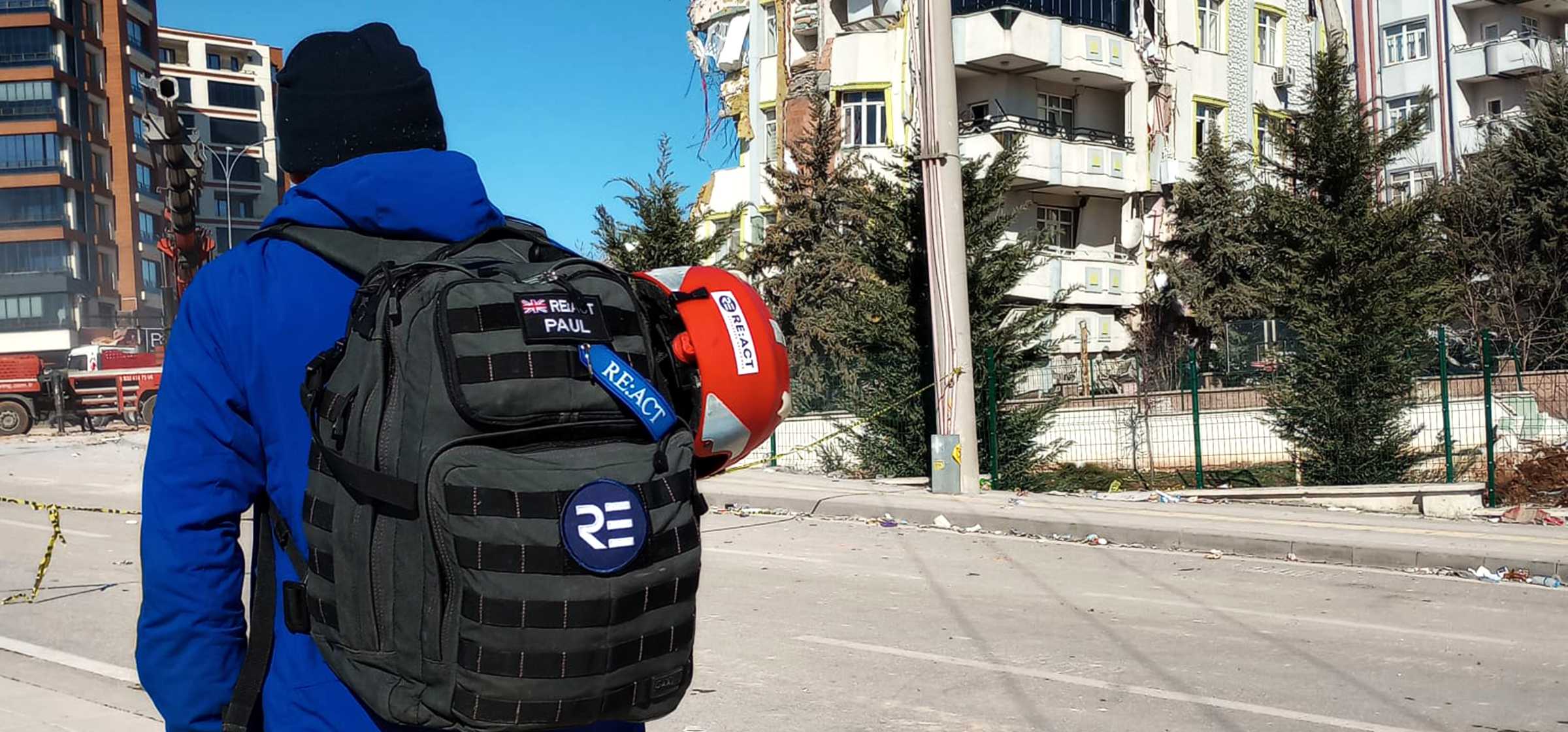
Posted by Laura Butlin 26th July 2023 News
Estimated Reading Time: 4 mins
For some people, it’s the message signalling that water levels are about to rise, for others it might be the sound of gunfire or shattering glass. For a humanitarian responder, it’s the message or call that confirms you’re about to deploy in response to an emergency where people need help - that’s the moment you grab your Go Bag.
REACT’s International Operations Manager Paul Taylor describes what he includes in his Go Bag, to ensure that he is ready to deploy at any given moment.
"A Go Bag is essentially a kit that holds all of the items you will need to get you to and sustain you to a defined point. For people experiencing an emergency, that point might be when help arrives. For us as humanitarian Responders, it’s to support us as we move in the opposite direction - towards danger."
When packing your own bag, you should first think about the context in which you will need it, along with the 4 core humanitarian needs of food, water, shelter and medicine. The bag I have outlined below has been put together in preparation for deployment into the aftermath of a sudden onset disaster and with the specific requirements of my role as International Operation Manager in mind.
- Osprey Transporter 30L daysack: Carried for 5-6 weeks during the emergency phase of a sudden onset disaster. Big enough but critically not too big - removing the temptation to try and fit the kitchen sink in! Easy to fit in an overhead locker on a plane, under a seat in a vehicle or helicopter. comfortable to carry with a good selection of internal and external pockets and with a tough, weatherproof outer. Nice neutral colour with regard to profile, dependent on environment.
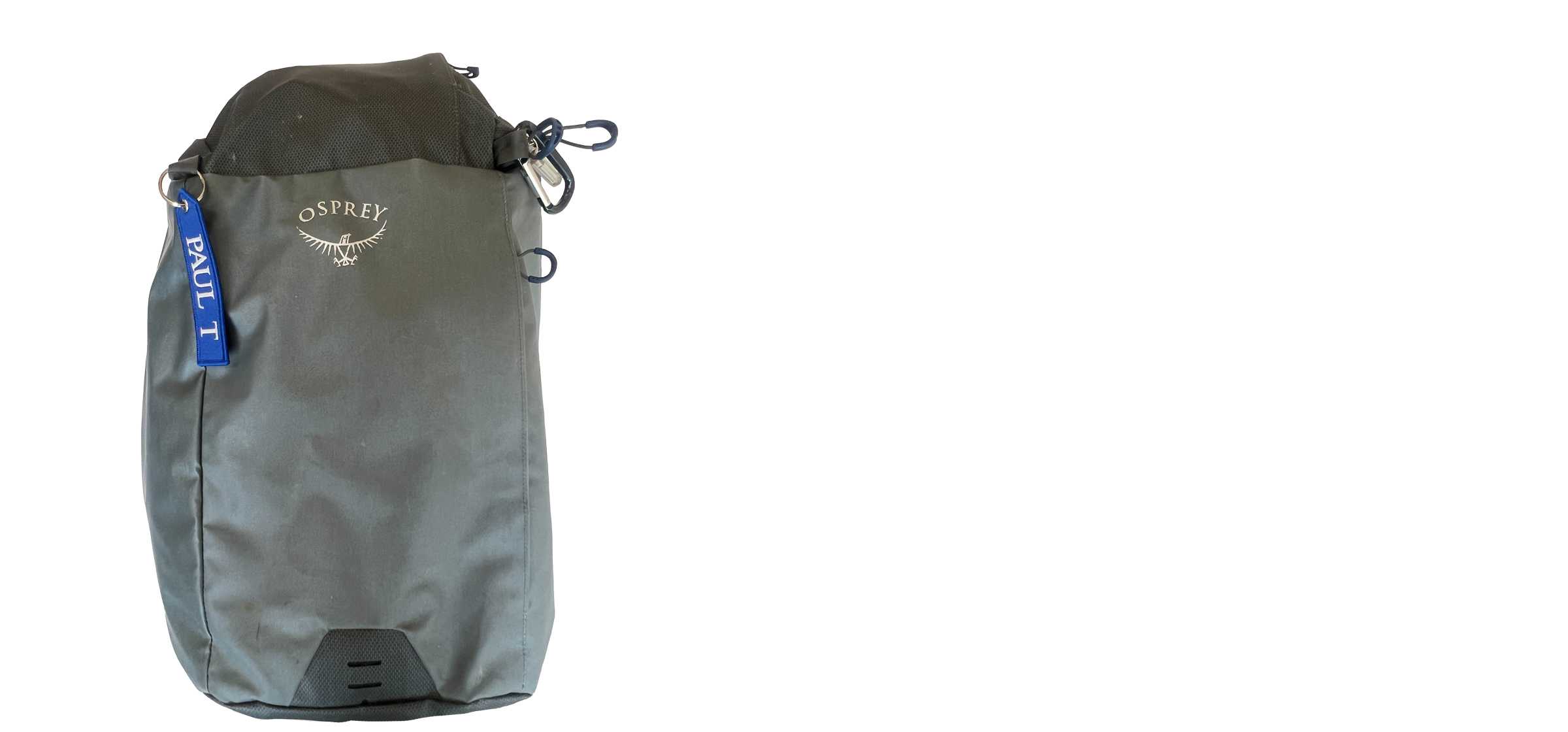
2. Front external pocket: Comms - ISAT phone. Voice comms are always best if things go sideways. All emergency contacts (insurance, medical evacuation etc) dialled in. Garmin InReach Mini 2 makes me trackable by our Ops Team, can message on the Iridium satellite and the SOS function alerts the Garmin Response Centre and REACT Ops Team. Garmin 66i GPS functionality and back up InReach capabilities.
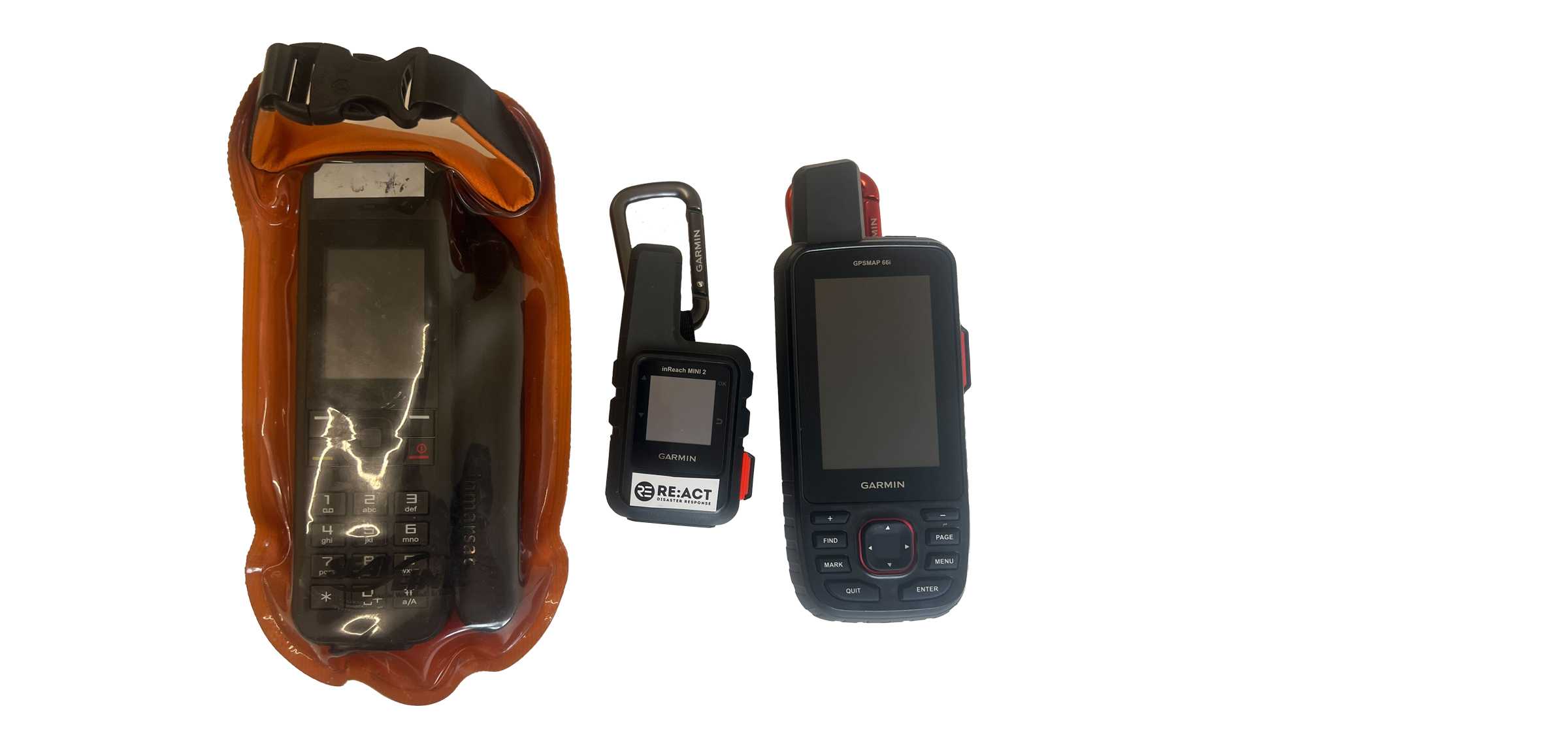
3. External side pouch: Beanie, cap, work gloves and sunnies.
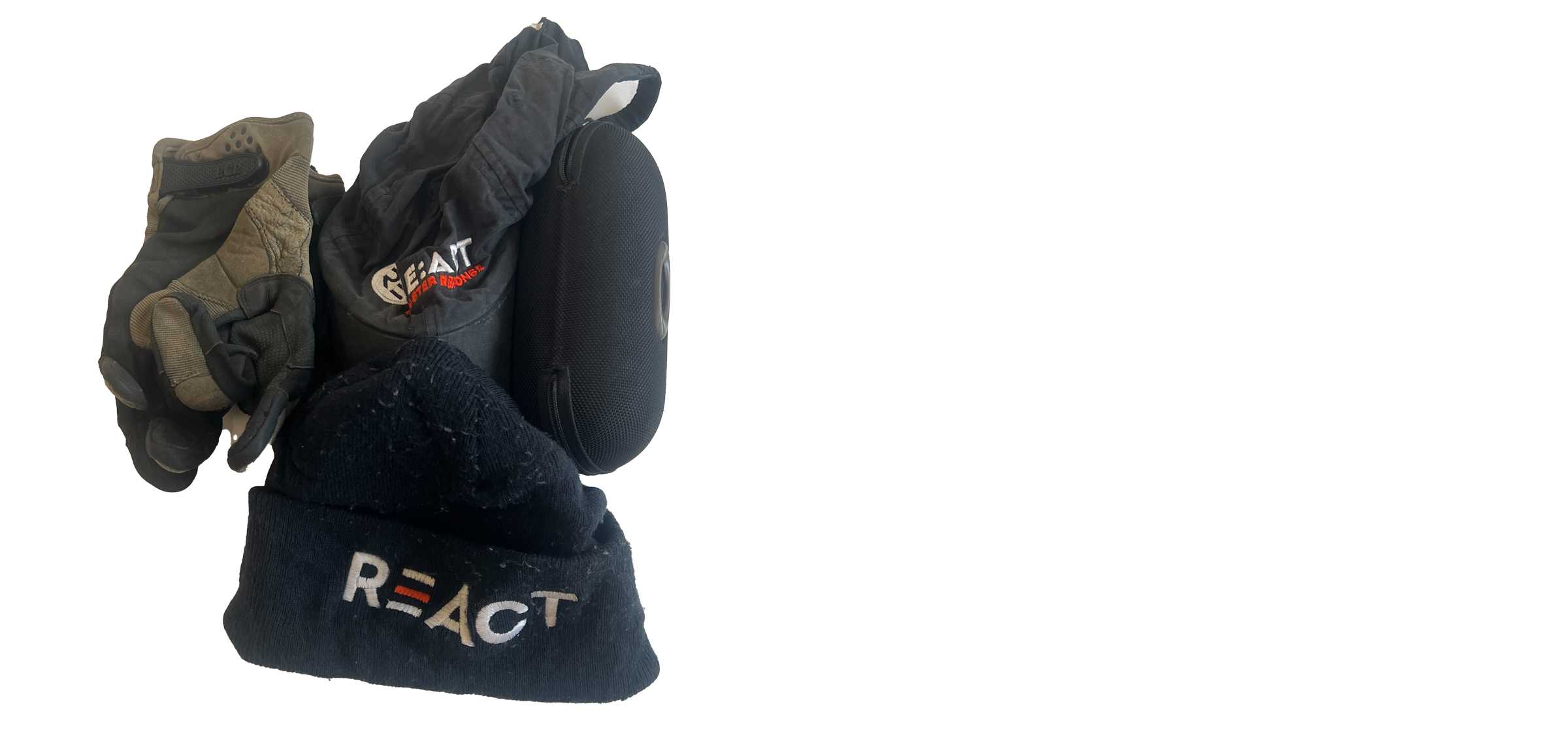
4. Top external pouch: Waterproof notebook, Medical Aide Memoire with pens and pencils. Face mask (just in case), ear plugs for the inevitable snoring hippo! Door wedge, water purification tablets, head torch and back up, Firefly for calling in helicopters and a distress signal marker.
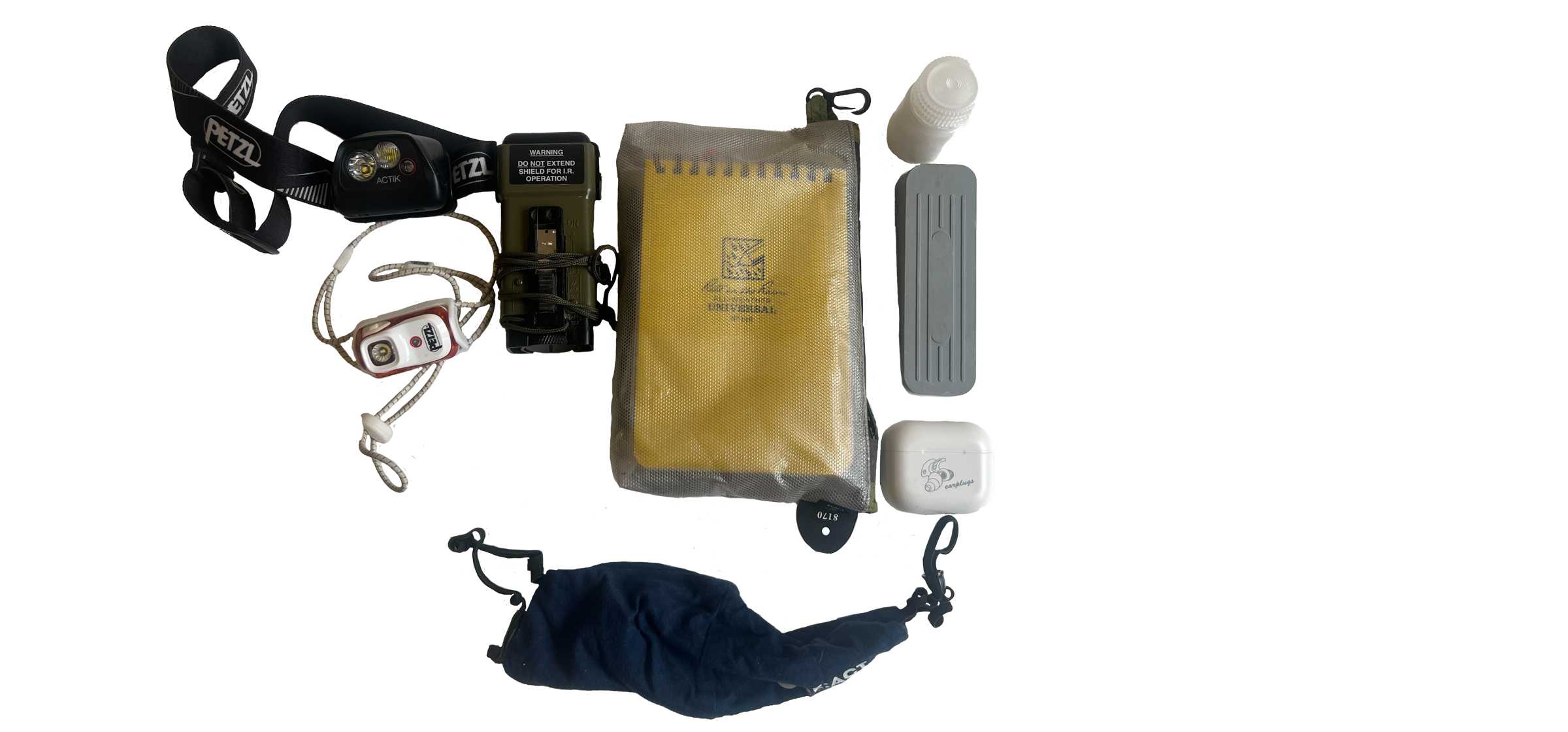
5. Internal lid pouch: Money belt (worn concealed where necessary), document pouch with passport, medical documents and emergency cash (carried on person). Travel pillow, backup phone, power bank and back up.
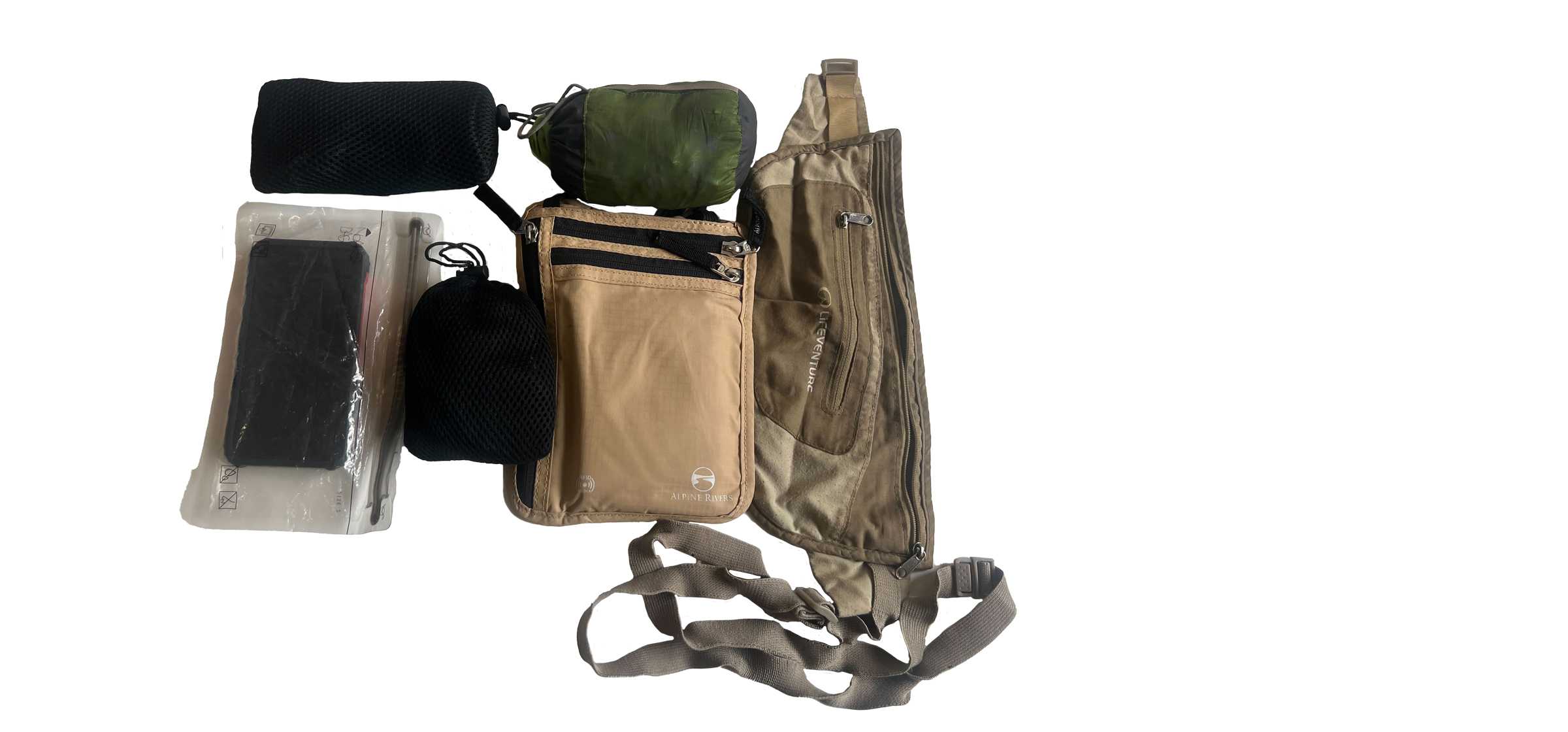
6. Internal laptop sleeve: MacBook in padded Aquaquest case, Kindle, Nirex folder with hard copies of flight details, Covid vaccination records, hotel reservations, emergency contacts etc. Country map; I use Gaia GPS to navigate but this is a useful back up and invaluable for briefing the team at the start of a journey.
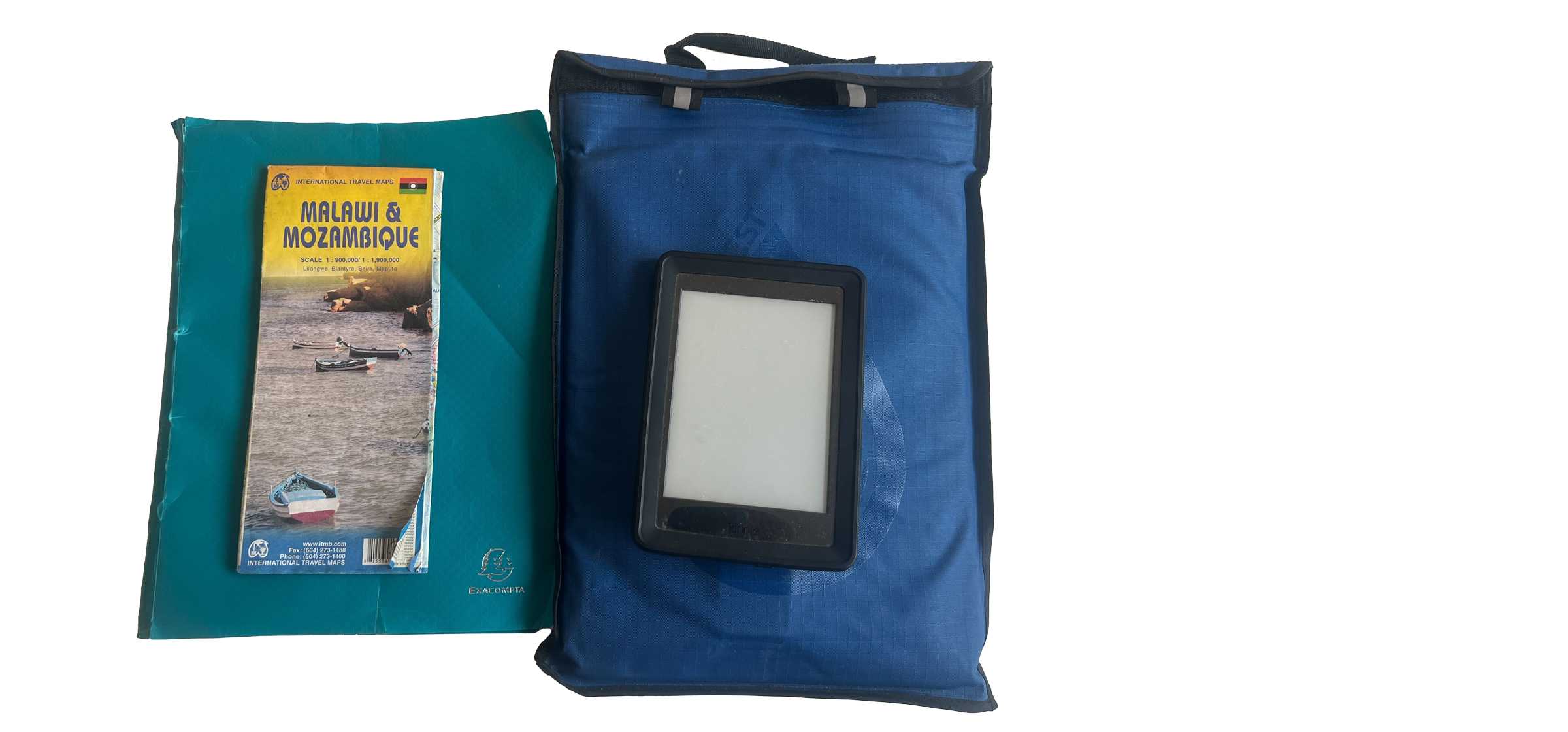
7. Internal pocket: Mini binoculars, Bluetooth speaker (for dialling into meetings) and cable lock (for securing bags when needed).
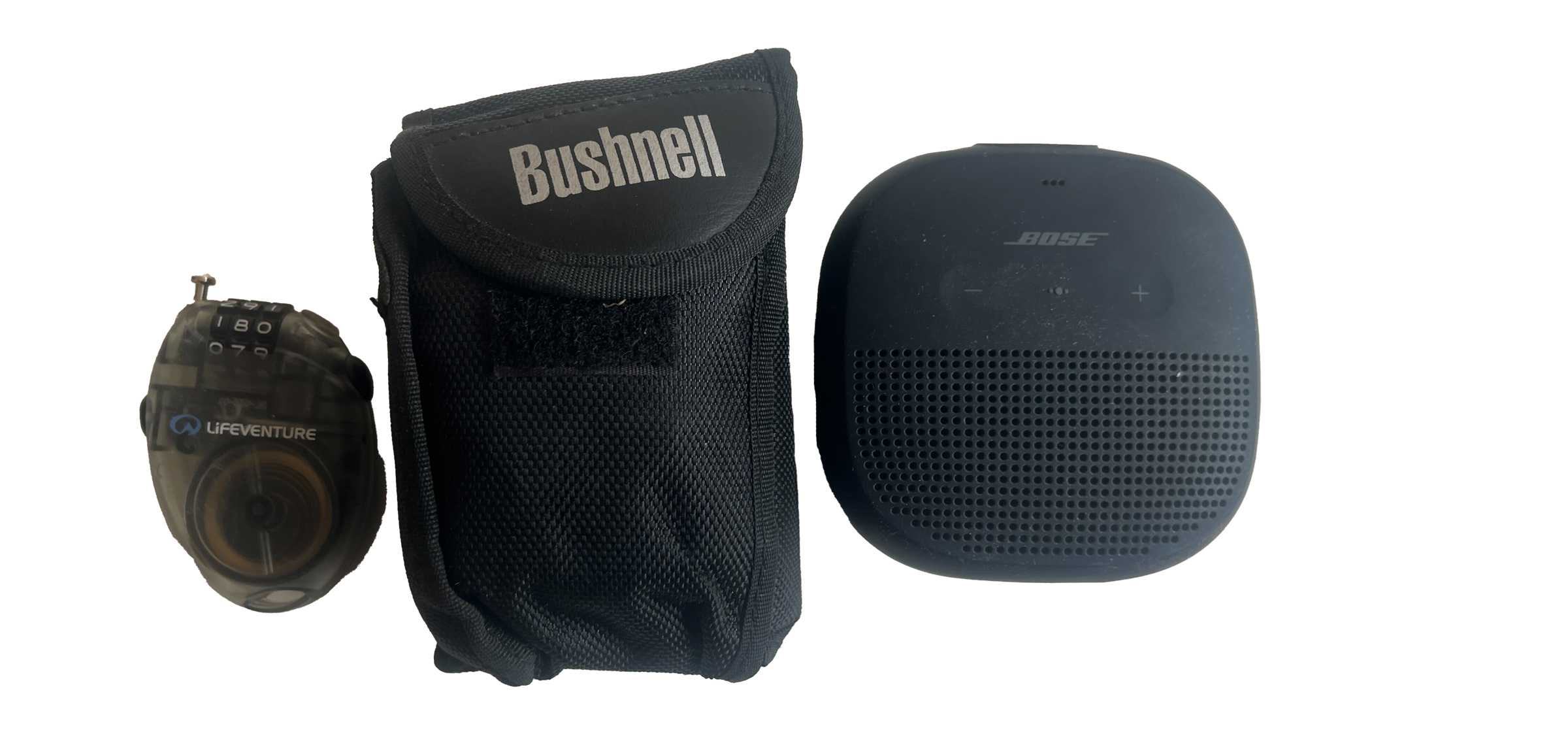
8. Main sack: Shemagh (really useful to keep warm, protect from sand, towel etc), MSR Guardian water purifier (our teams use the Guardian Gravity but this is better for a small team), Nalgene water bottle with ubiquitous black tape for emergency repairs, karabiner and sling for multiple uses, silk sleeping bag liner in brown dry bag (separate from hold luggage, useful overnight in an airport, before acclimatisation in a tropical environment), tech kit in red bag (leads, travel adaptors), trauma kit (pressure dressings, Tourniquets, quick clot, airways), ouch pouch (basic medical kit to keep yourself on the road).
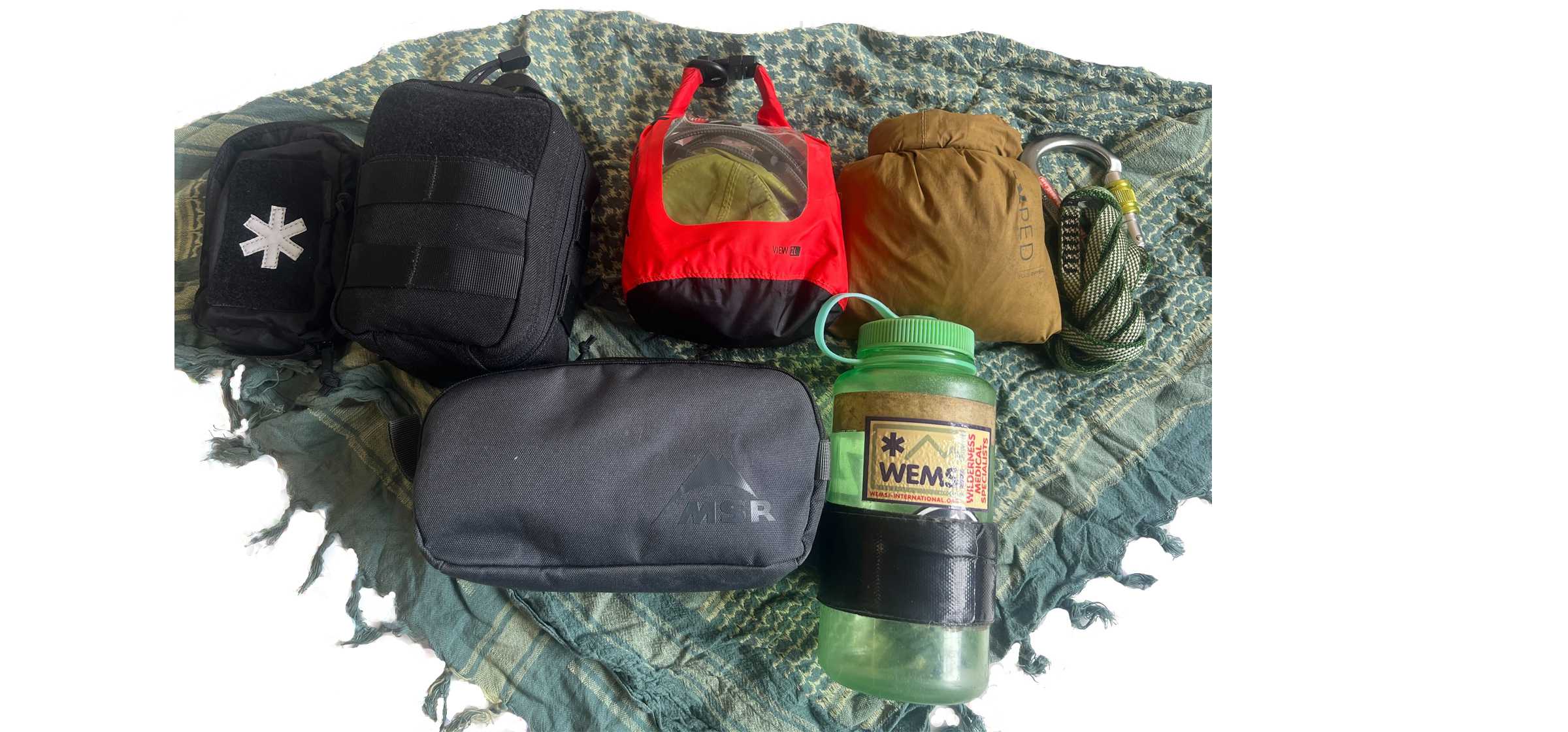
These items are specific to my Go Bag. You will have different requirements depending on your situation and your role, but ask yourself these questions; is the food you have packed nutritious? Can it be eaten cold? Will you have access to a water source from which you can purify water, or will you need a bottled supply? Consider the environment you are going into - what will you need to seek shelter from? Will it be hot or cold? Can you insulate yourself (and your friends and family) from the ground?
Communication is vital, so I always recommend having a spare phone and a small bag with spare charger, plug adaptor, USB/12v port for a car and anything else that might keep you connected on the road. And always pack a headtorch.
Have a basic first aid kit and most importantly - know how to use it. There are some straightforward interventions that you can learn and practise that could save someone's life.
This list could go on and on, but I’ll go back to my first point - understand the context, think it through and be ready.”
The items Paul has referred to in this article are things that he chooses to use because they are tried and tested, or his personal preference. We have not been paid to advertise any of this content, Paul just wanted to share the types of gear that he has used and work well for him in response situations in order to help other Responders in their preparation.
